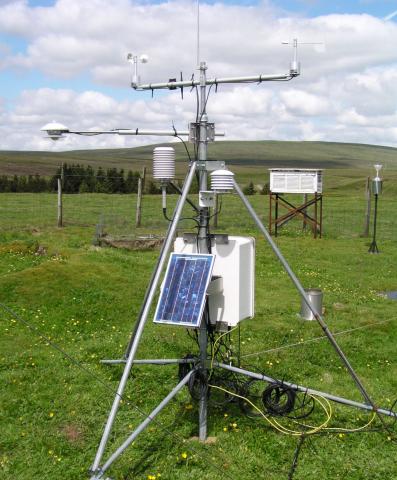The weather we experience at the surface of the Earth is a product of patterns of air movement in the Earth's atmosphere.
The atmosphere is not static; instead, air is in constant motion, driven, for example, by the sun's energy warming land masses.
Warm air rises, cool air sinks. This means there are vertical flows of air. The air will have different temperatures and densities in different parts of the Earth, and these 'air masses' behave differently. At the boundary of air masses, weather fronts may form.
This section covers air masses and weather fronts.

